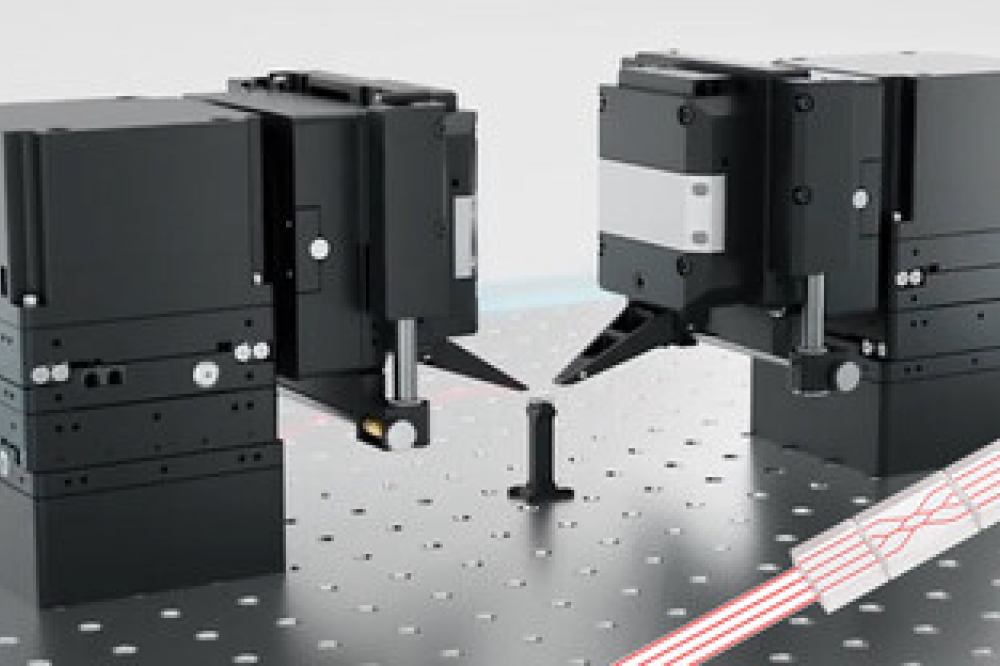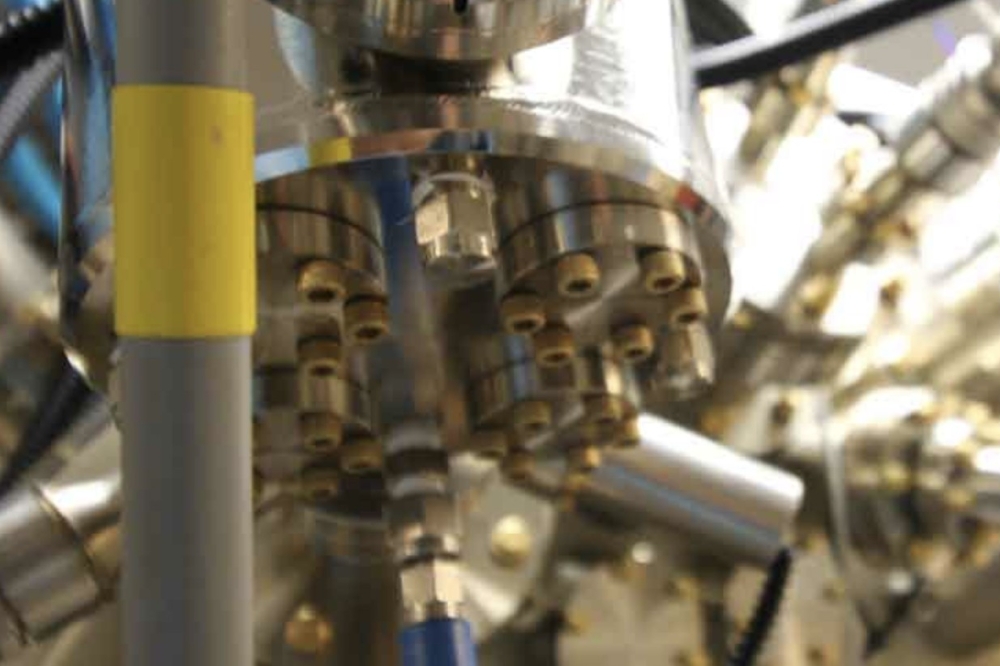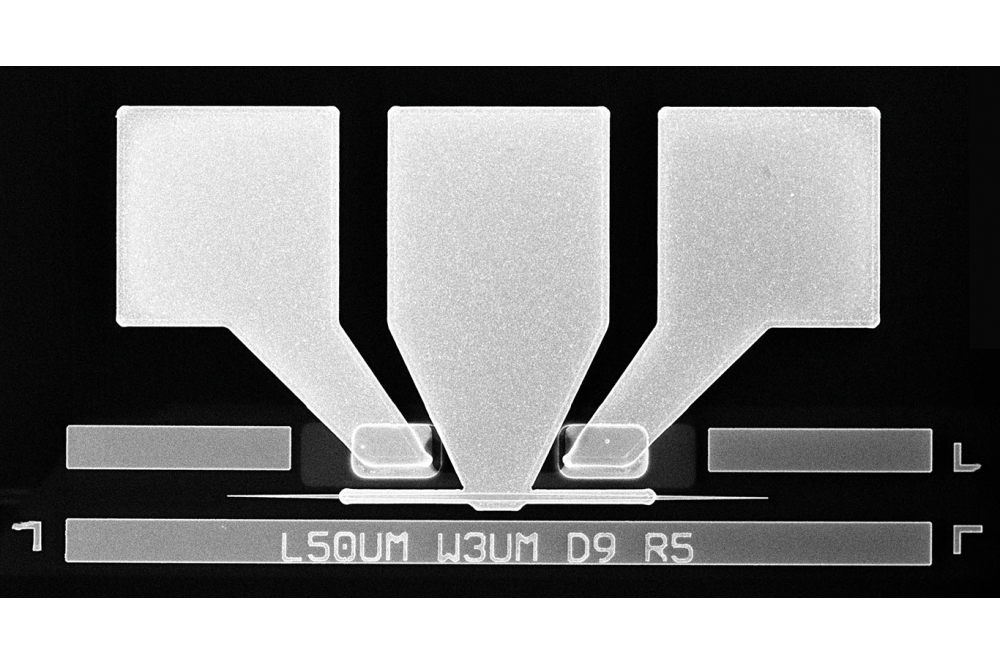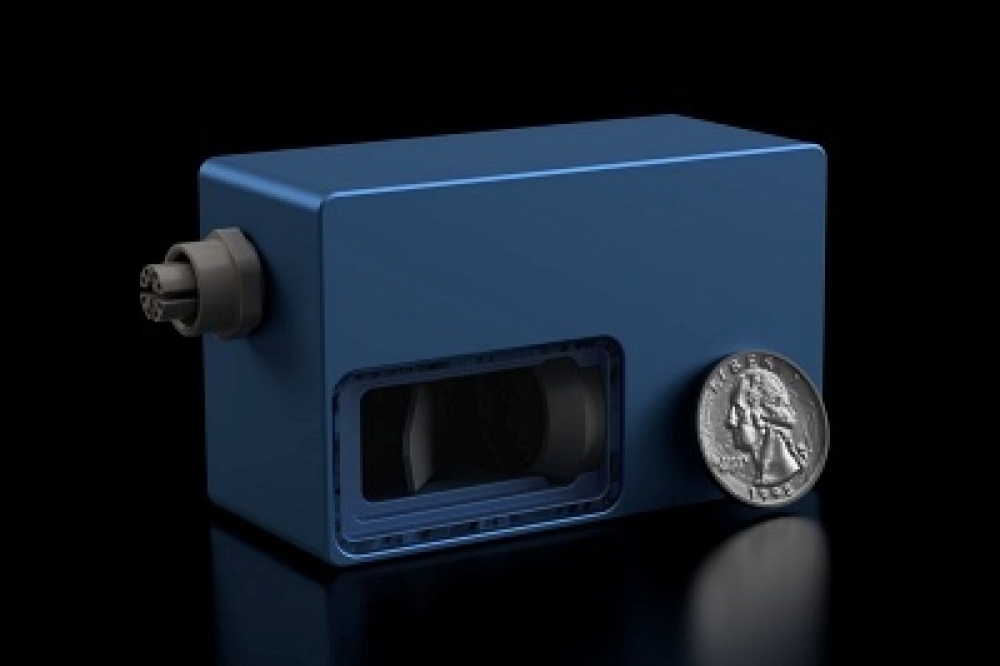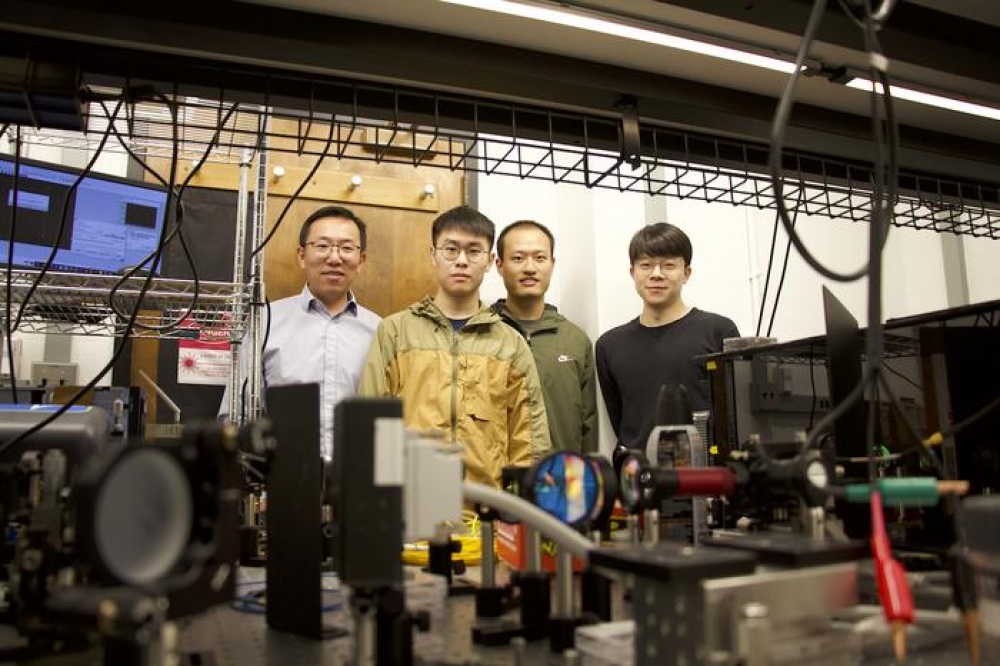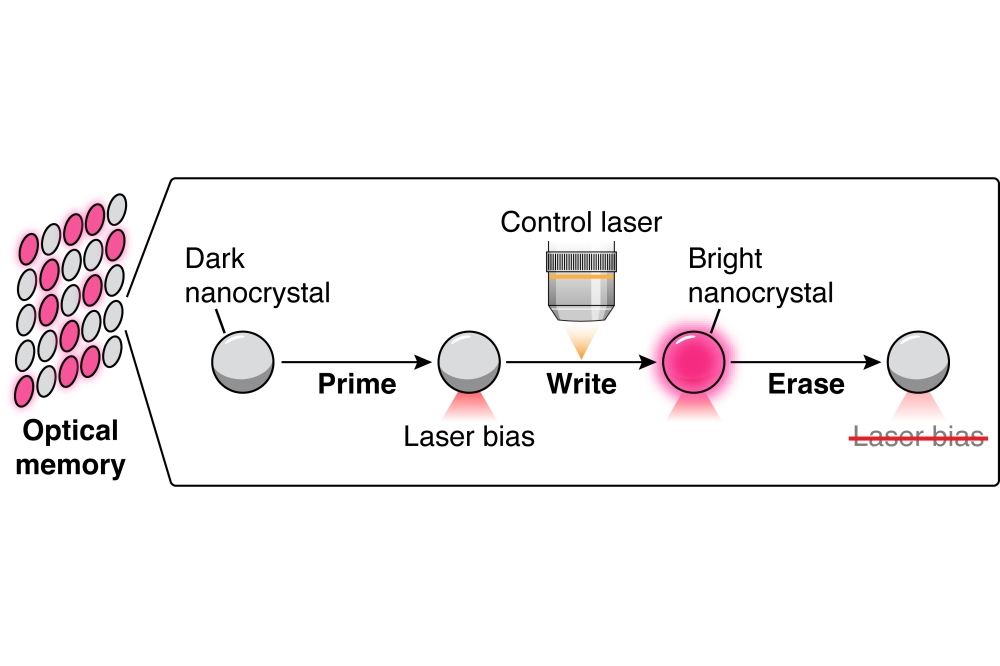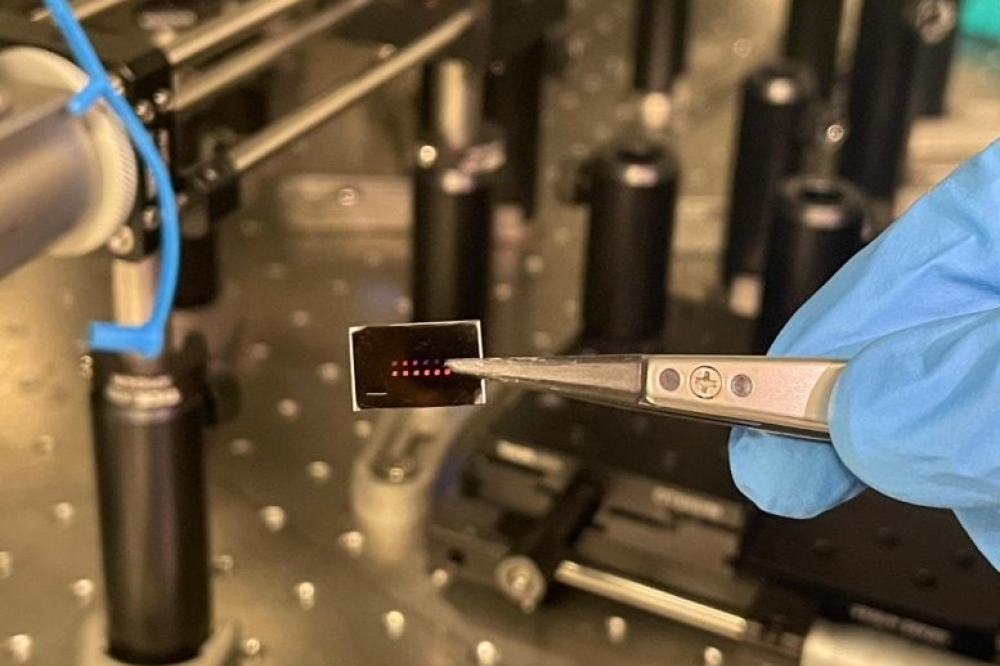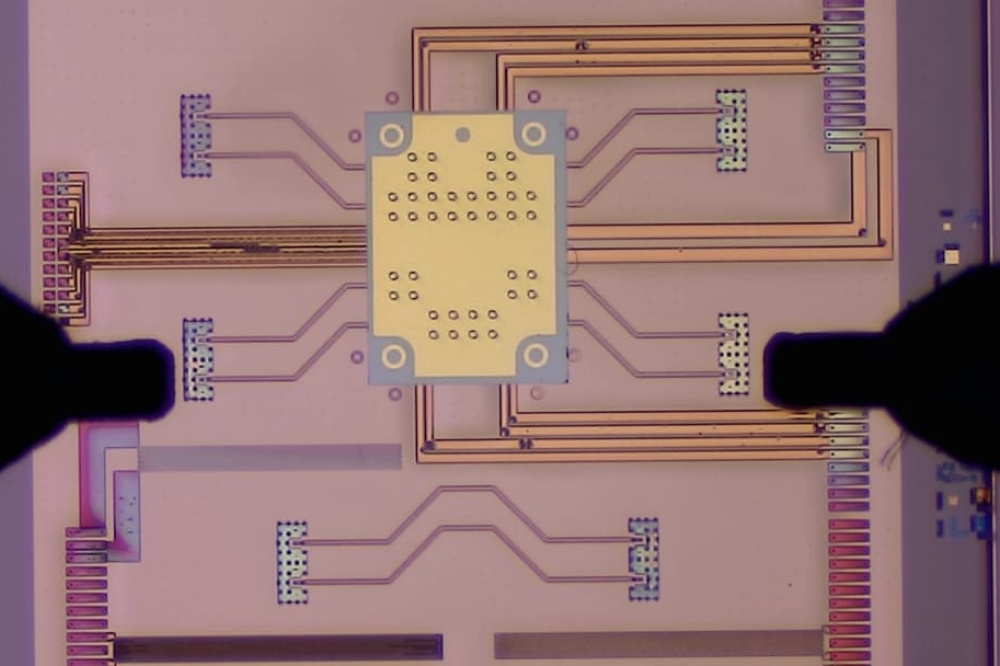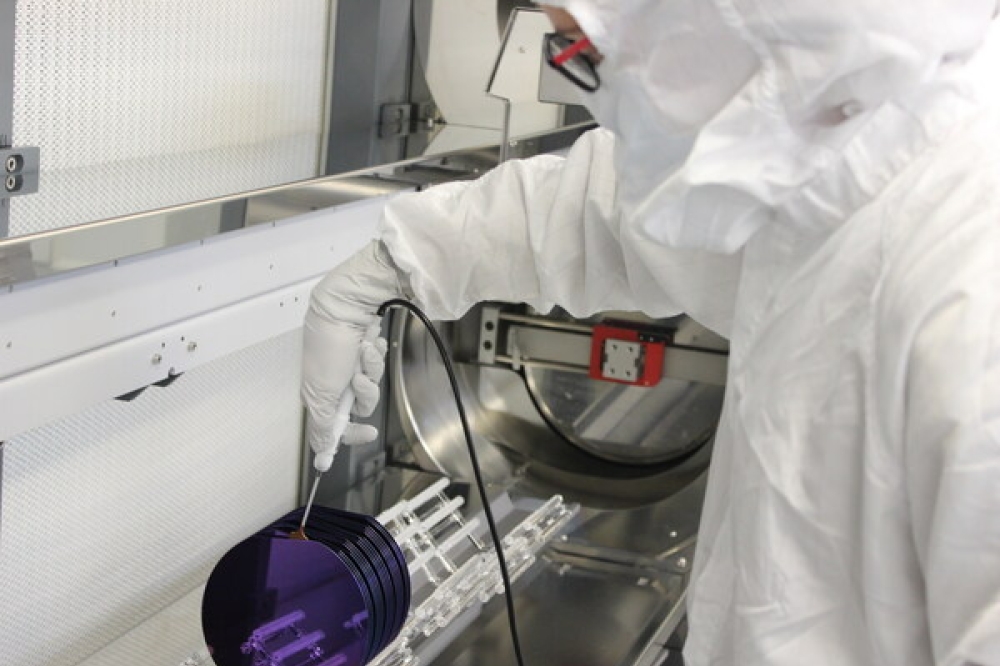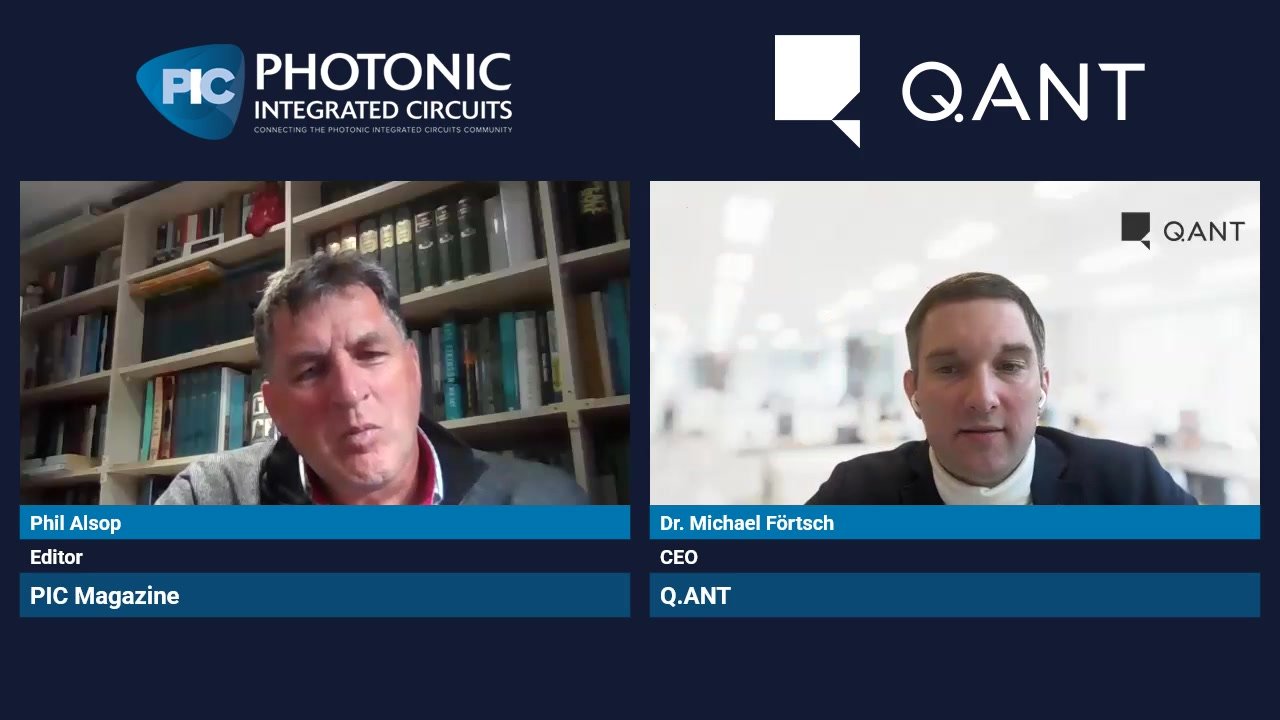NY CREATES and PsiQuantum join forces on integrated photonics research

The New York Center for Research, Economic Advancement, Technology, Engineering, and Science (NY CREATES) has announced a new partnership with quantum computing company PsiQuantum. By leveraging their respective expertise and resources, the organisations aim to advance the integrated photonics landscape and facilitate the development of quantum technology solutions.
Industry demand for integrated photonics has historically been driven by the need for higher-performance networking, especially in telecom and datacentre applications. More recently, the technology has seen a surge of interest in the context of high-performance computing systems for training and running large-scale machine learning models. It also has wider applications, including imaging, sensing, and optical accelerators for computing.
Integrated photonics technology uses standard semiconductor manufacturing processes to fabricate chips containing microscopic optical elements, such as waveguides, beam-splitters, lasers, and detectors. PsiQuantum is developing a large-scale photonic quantum computer in which these components are repurposed to generate and manipulate single photons – particles of light – which are then used to encode quantum information. Several other quantum computing efforts are also beginning to integrate photonic devices into their systems, as they seek to scale from proof-of-principle single-chip systems toward utility-scale, error-corrected quantum computers.
PsiQuantum’s strategy aims to accelerate the path to the considerable volume, yield, and performance required for very large, impactful quantum computers by leveraging the standard manufacturing processes, tools, and materials of the semiconductor industry.
According to NY CREATES’, its Albany NanoTech Complex is the largest and most advanced, public/private 300mm semiconductor R&D centre in North America, and includes state-of-the-art tools within a flexible research environment that supports rapid learning cycles – all of which will enable PsiQuantum, through this collaboration, to accelerate its technical roadmap to deliver the world’s first large-scale, error-corrected quantum computer.
One of the first activities of the partnership focuses on integrating ultra low-loss waveguides with Barium Titanate (BTO), a pioneering ultra-high performance optical material. Practically, this involves precisely bonding wafers of silicon photonics, such as those being built by PsiQuantum in New York, on top of wafers of BTO, produced in PsiQuantum’s facility in San Jose, California.
“This collaboration between NY CREATES and PsiQuantum marks a critical step forward in the development of quantum switching circuits,” said David Anderson, President of NY CREATES. “By combining our collective expertise and the world-class capabilities available at our Albany NanoTech Complex, we are poised to push the boundaries of what is possible in the field of quantum technology. We are excited about the potential impact this partnership can have on industries such as telecommunications, where advanced switching capabilities are in high demand.”
Fariba Danesh, Chief Operating Office at PsiQuantum, said: “We are thrilled to partner with NY CREATES on this groundbreaking research and development endeavour. This unique joint-development research environment has enabled us to access cutting-edge tools, accelerate our learning cycles, and drive innovation at an unprecedented pace. Our collaboration represents a significant opportunity to develop switching circuits with the potential to outperform existing technologies and integrate them into the foundry ecosystems for volume production.”



